Photographing FELM's Bilingual Education Programme in Ratanakiri
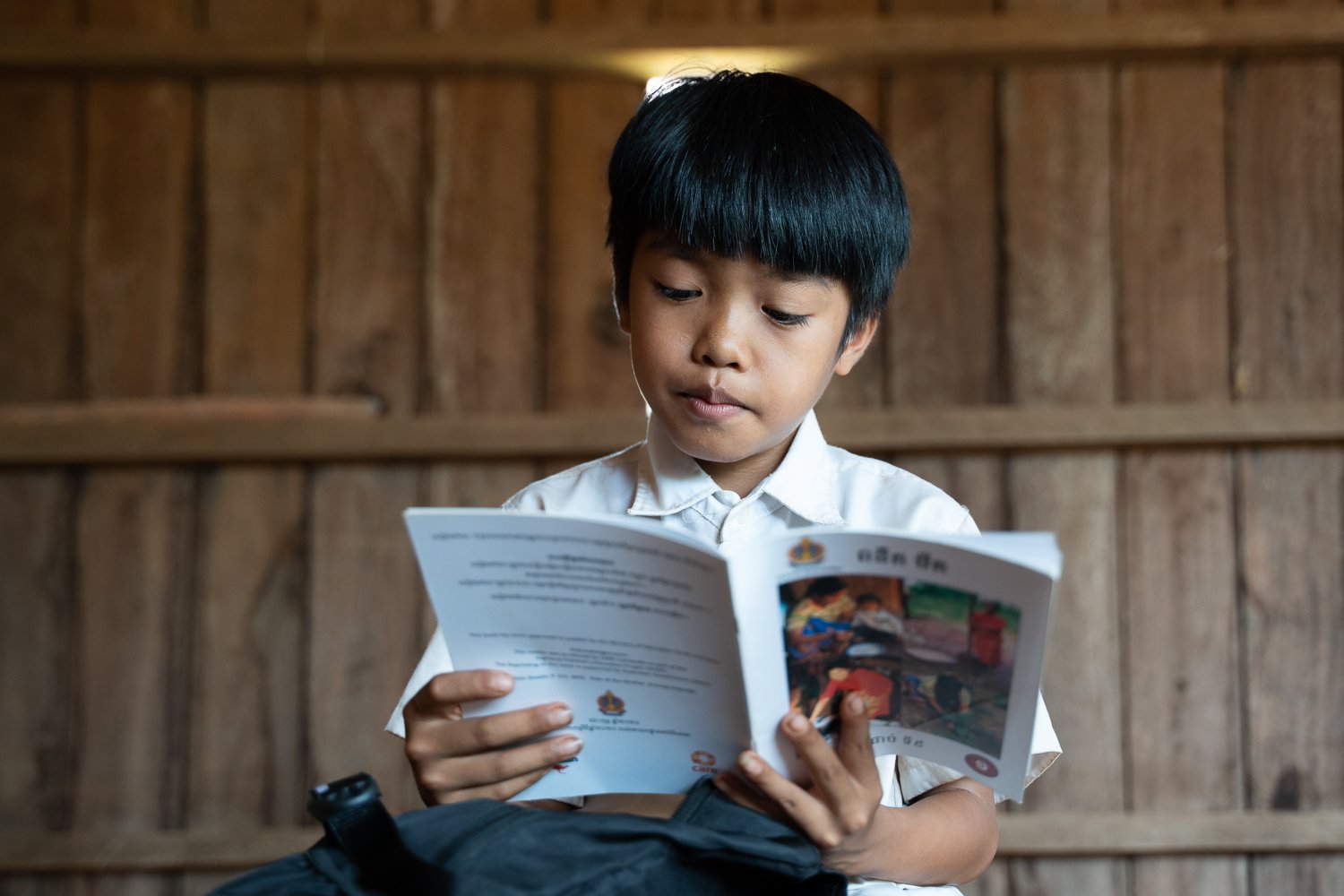
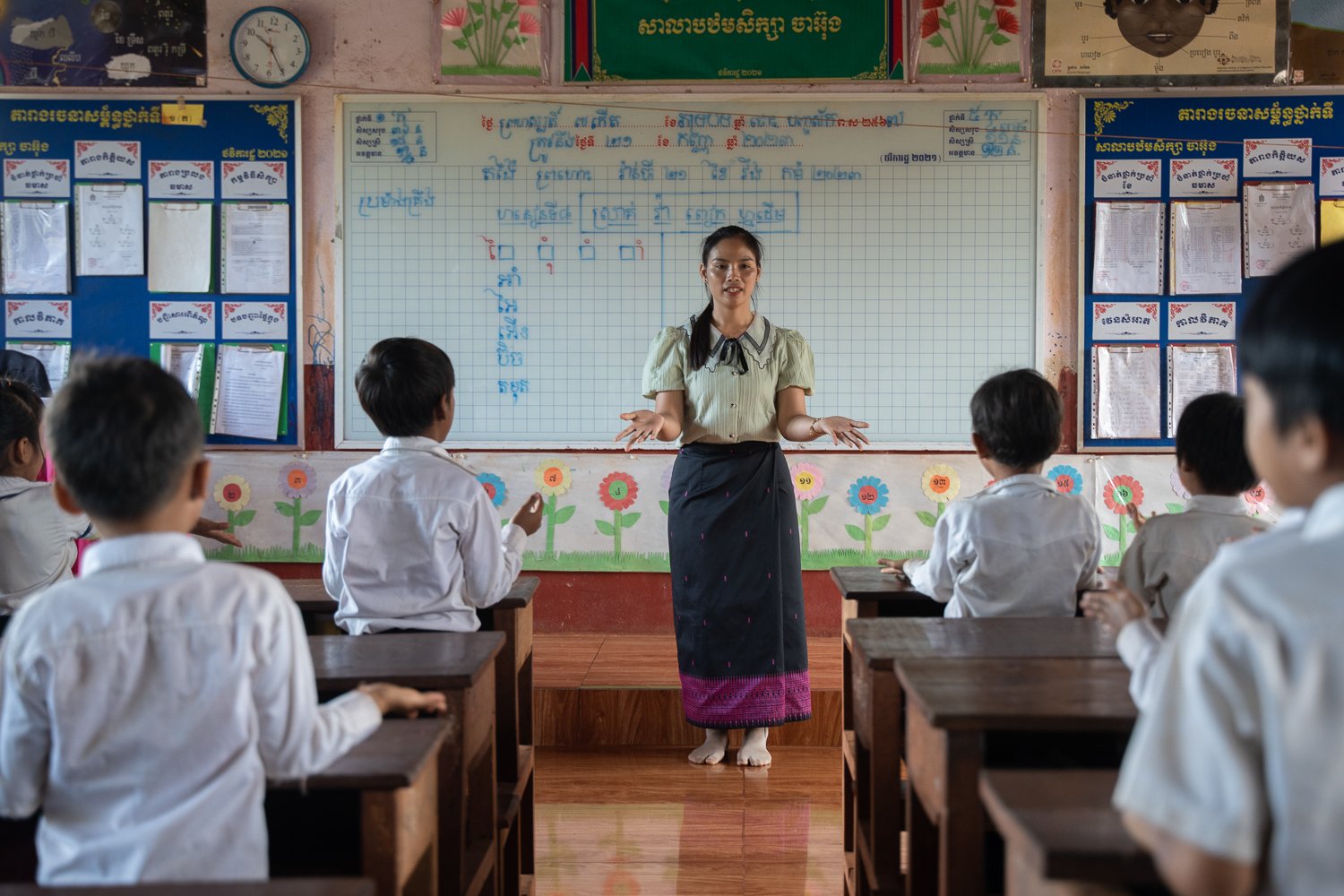

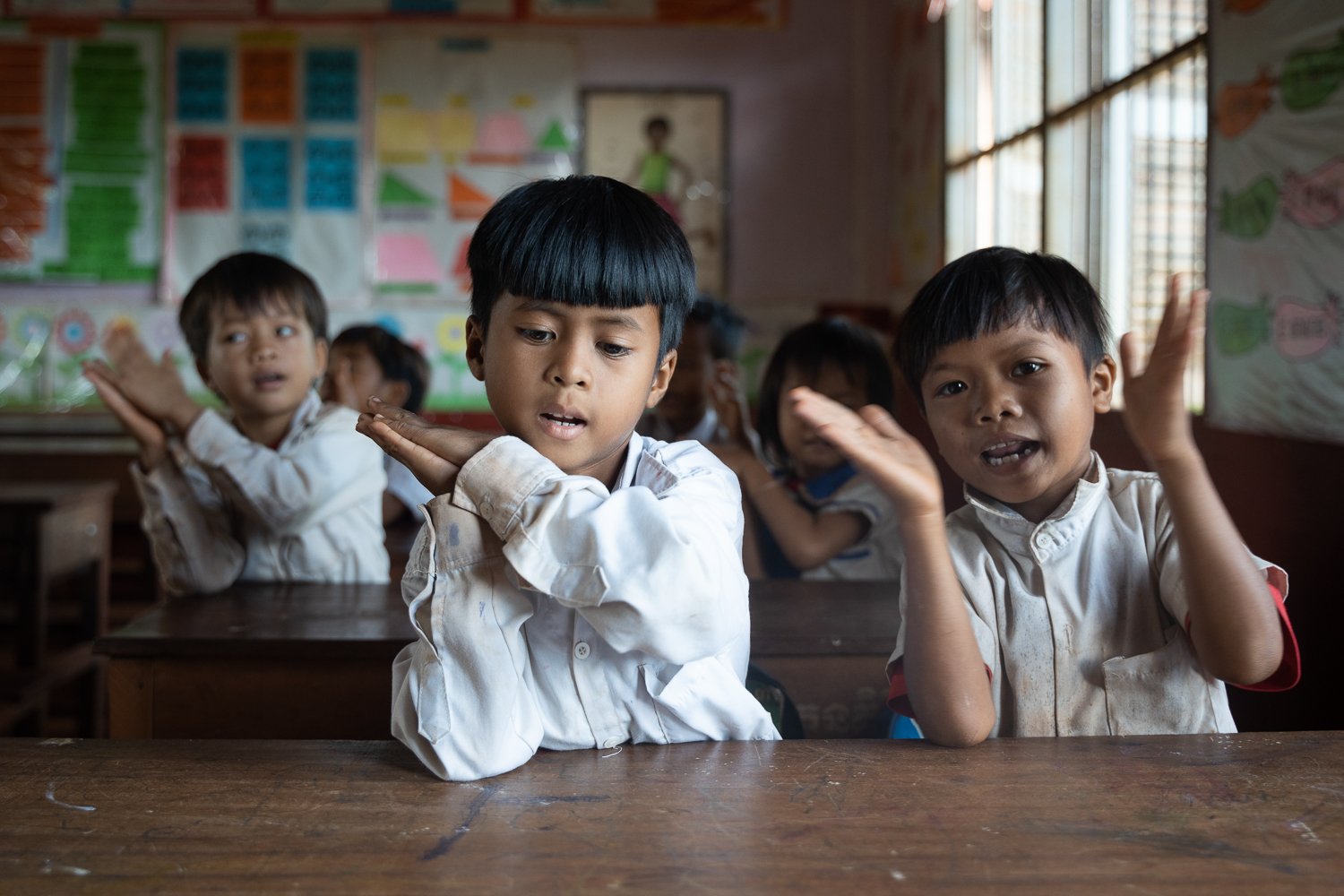
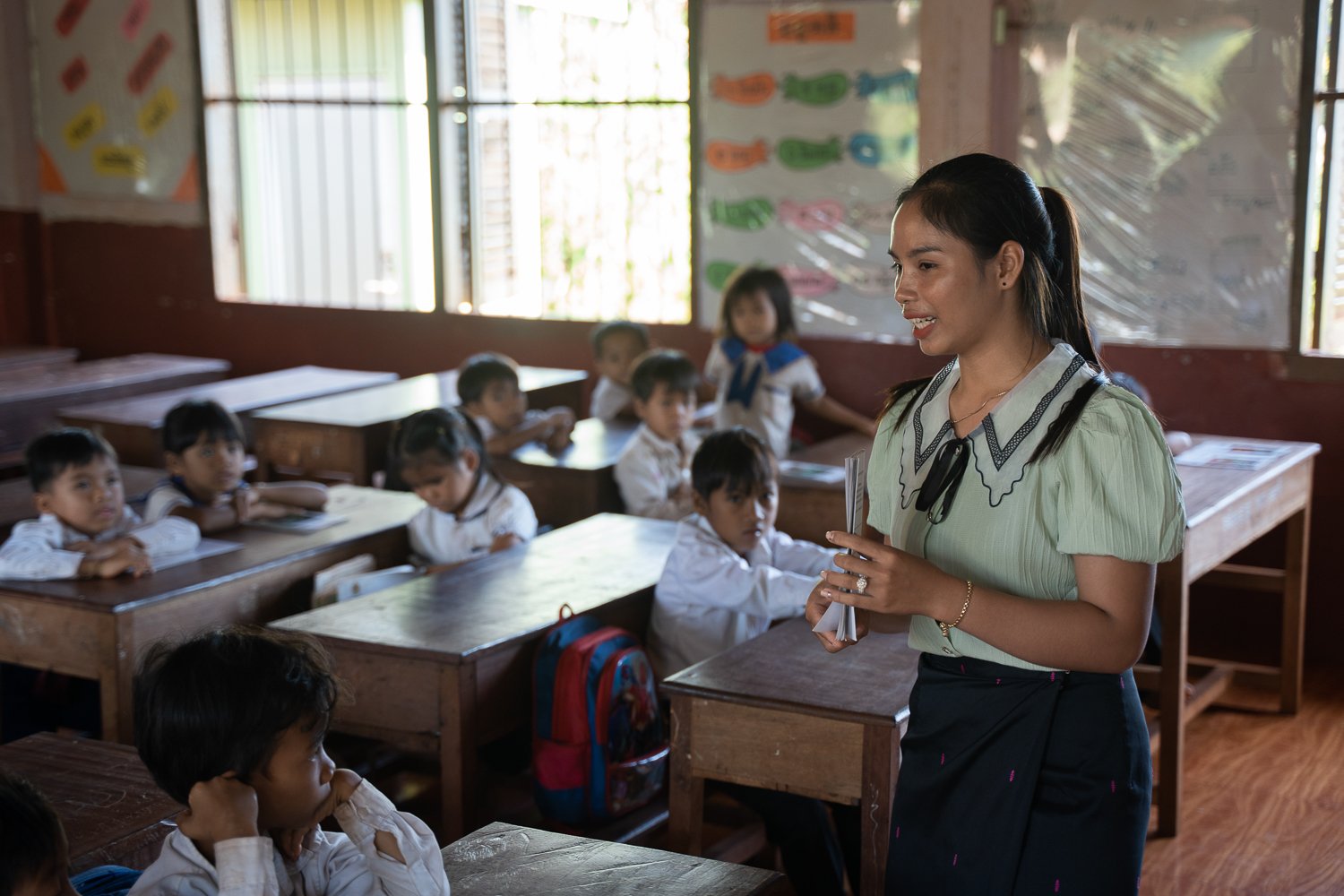
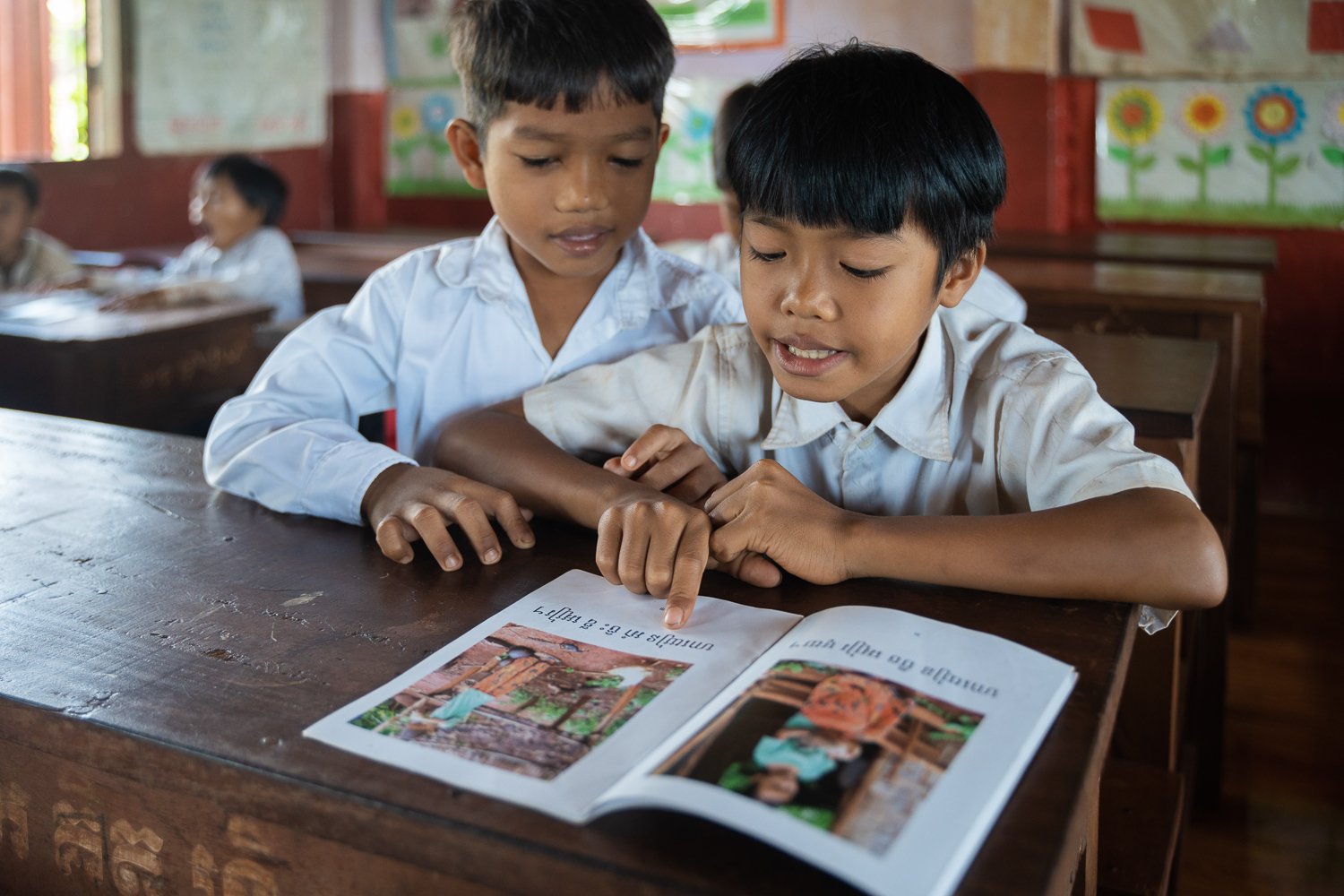
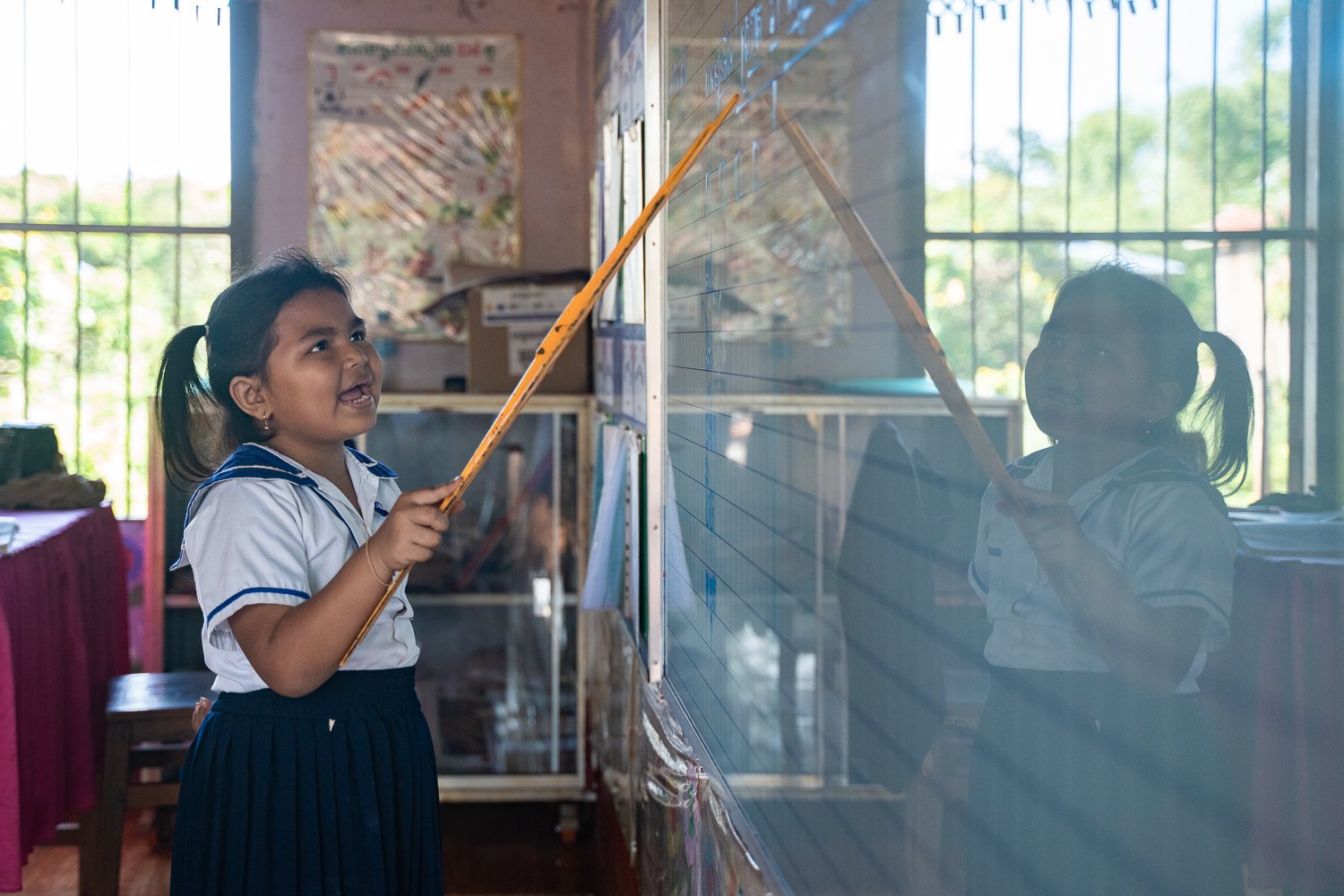
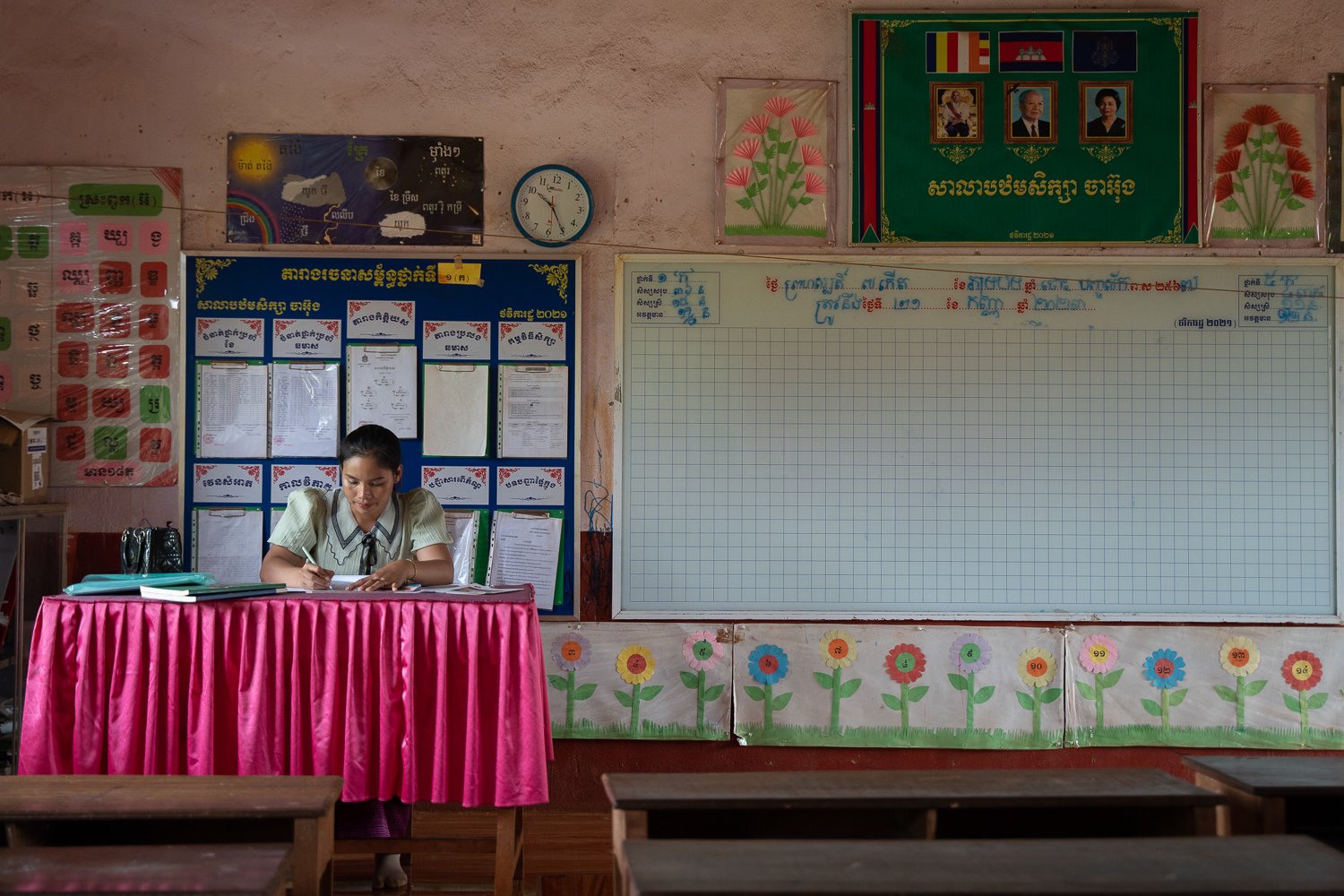
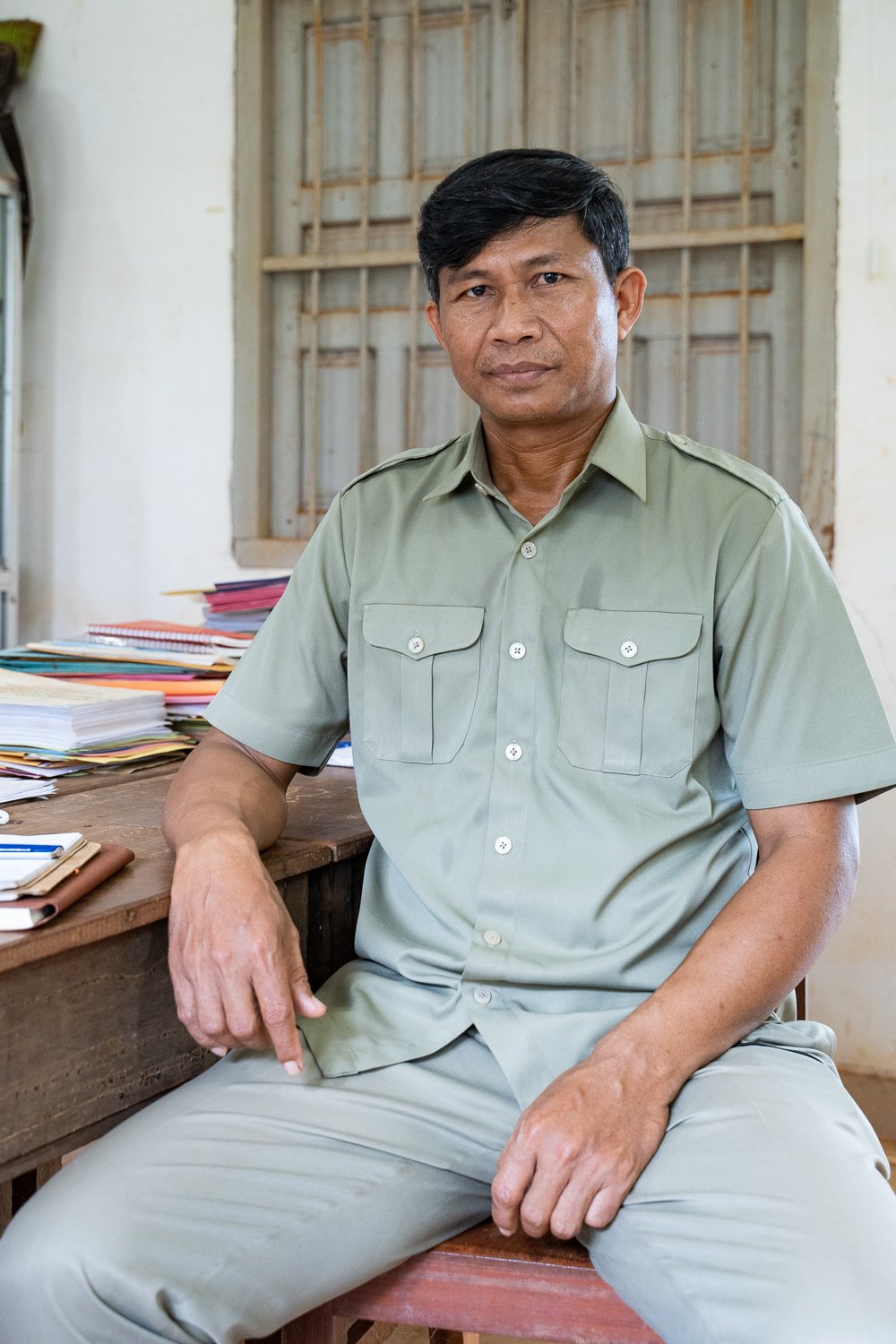

The first time I visited Ratankiri Province was when I was working with UWS as a videographer. The beauty of the Stoeng Ta Pok river left a lasting impression on me, so I was more than happy when FELM contacted me and asked me to work as a documentary photographer in the province for them.
The work for UWS was to show the schools they build in remote areas and the education projects they run, so I was on familiar ground when FELM, a Finnish NGO, asked me to photograph their bilingual education programme.
FELM have an interesting development model whereby they select and support local NGOs who run projects they believe in.
The partner for this project is International Cooperation Cambodia.
The programme is designed so that children entering school learn in the mother tongue for the first couple of years.
This increases attendance and children learn faster while transitioning to a Khmer education.
For the project we travelled to a small village just outside Banlung and took documentary photographs of a class in action.
The teacher and students were great, the classroom was vibrant and I’m really happy some of the photos I took.
After class, we travelled to one of the student’s houses to see how he carries on learning at home. He lives in a traditional wooden house. I’m really happy with the portraits as the natural light is great and the tone of the wood gives the images warmth.
As part of the assignment, I also photographed commune and provincial levels officials as their support is essential to the implementation of the project.
I enjoy working on education projects as the positive impact is often very apparent. You can see some work I did for World Food Programme here.
In the Field - NGO Photography for FELM's Mushroom Cultivation Initiative, Ratanikiri, Cambodia
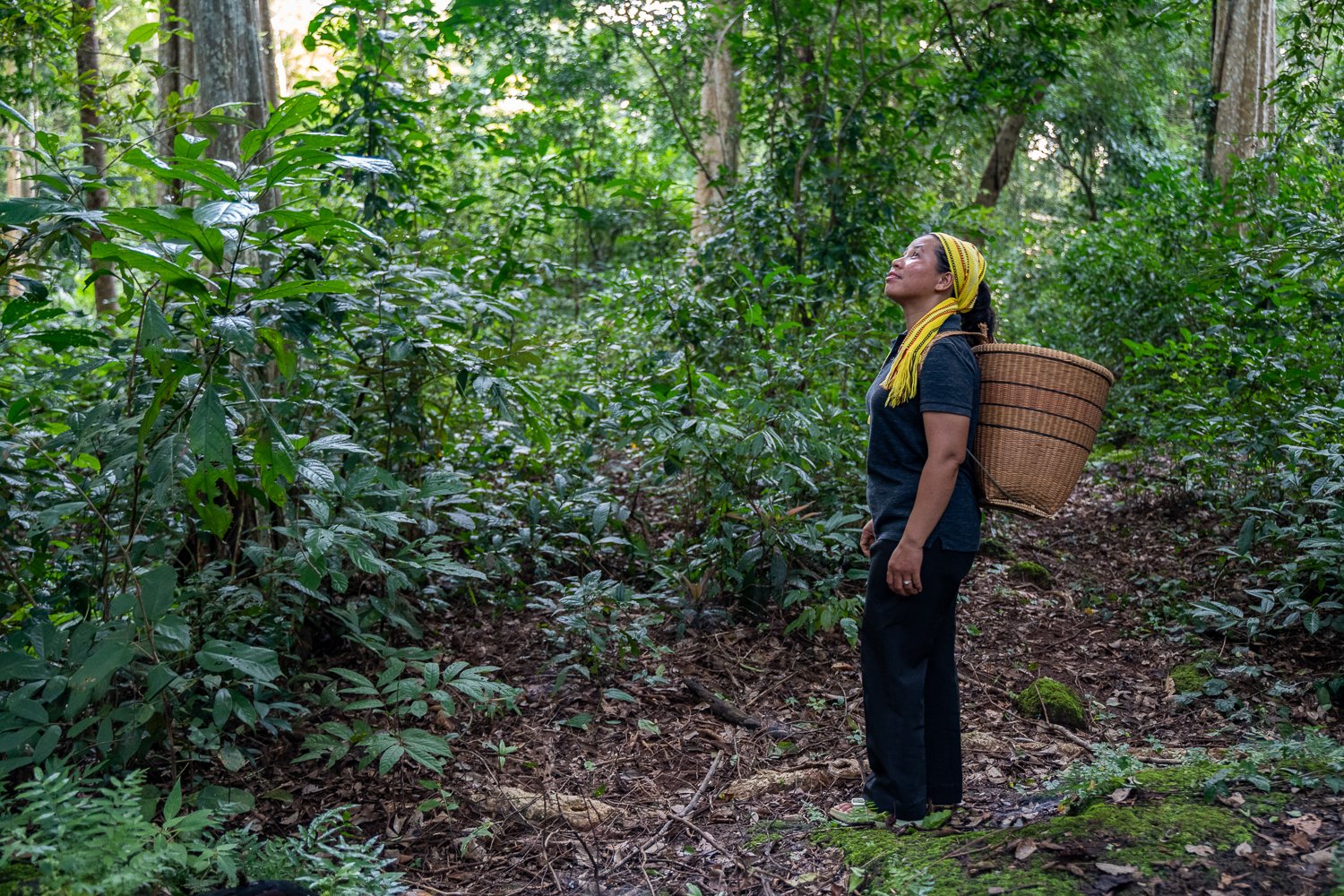
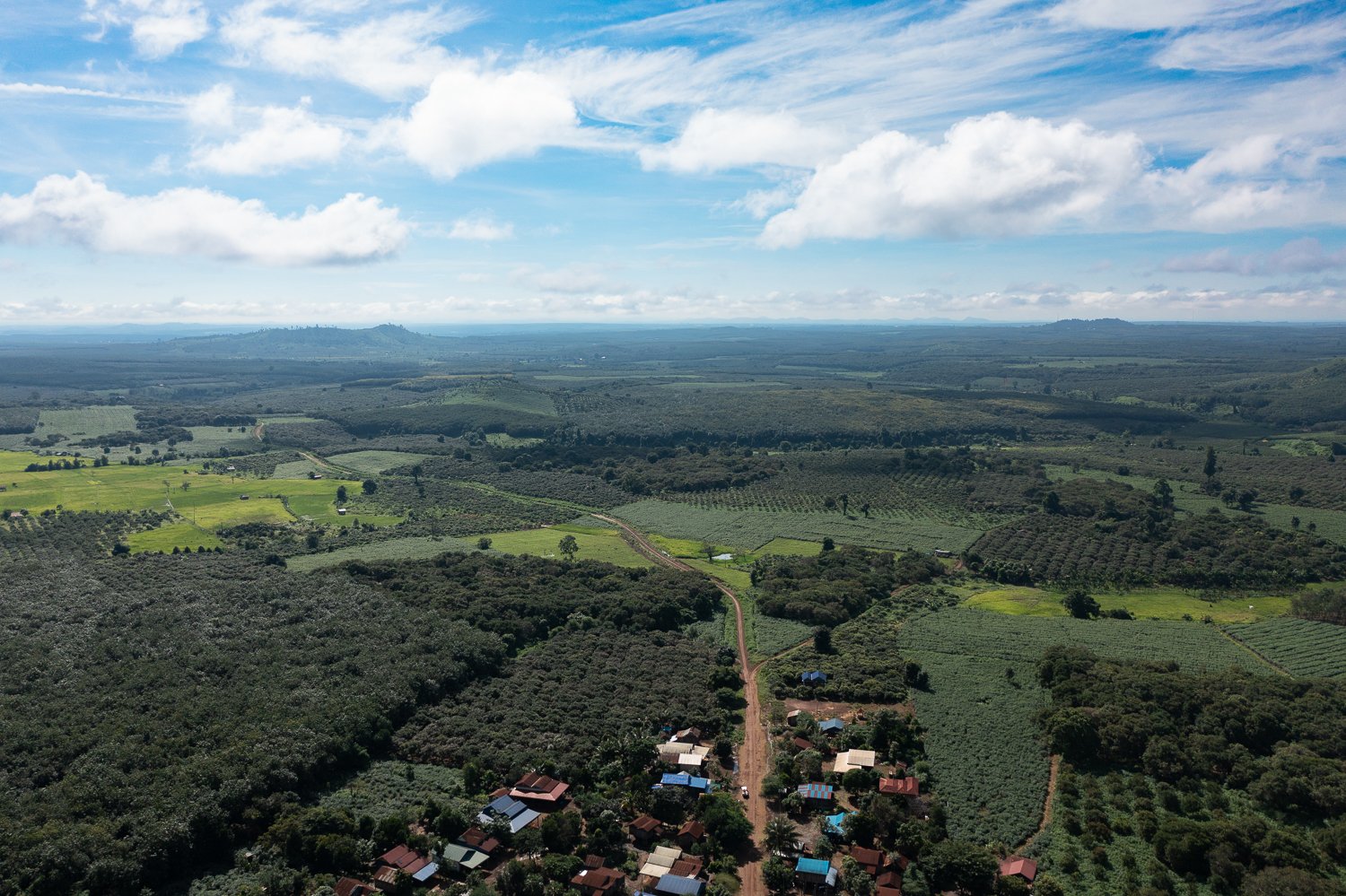
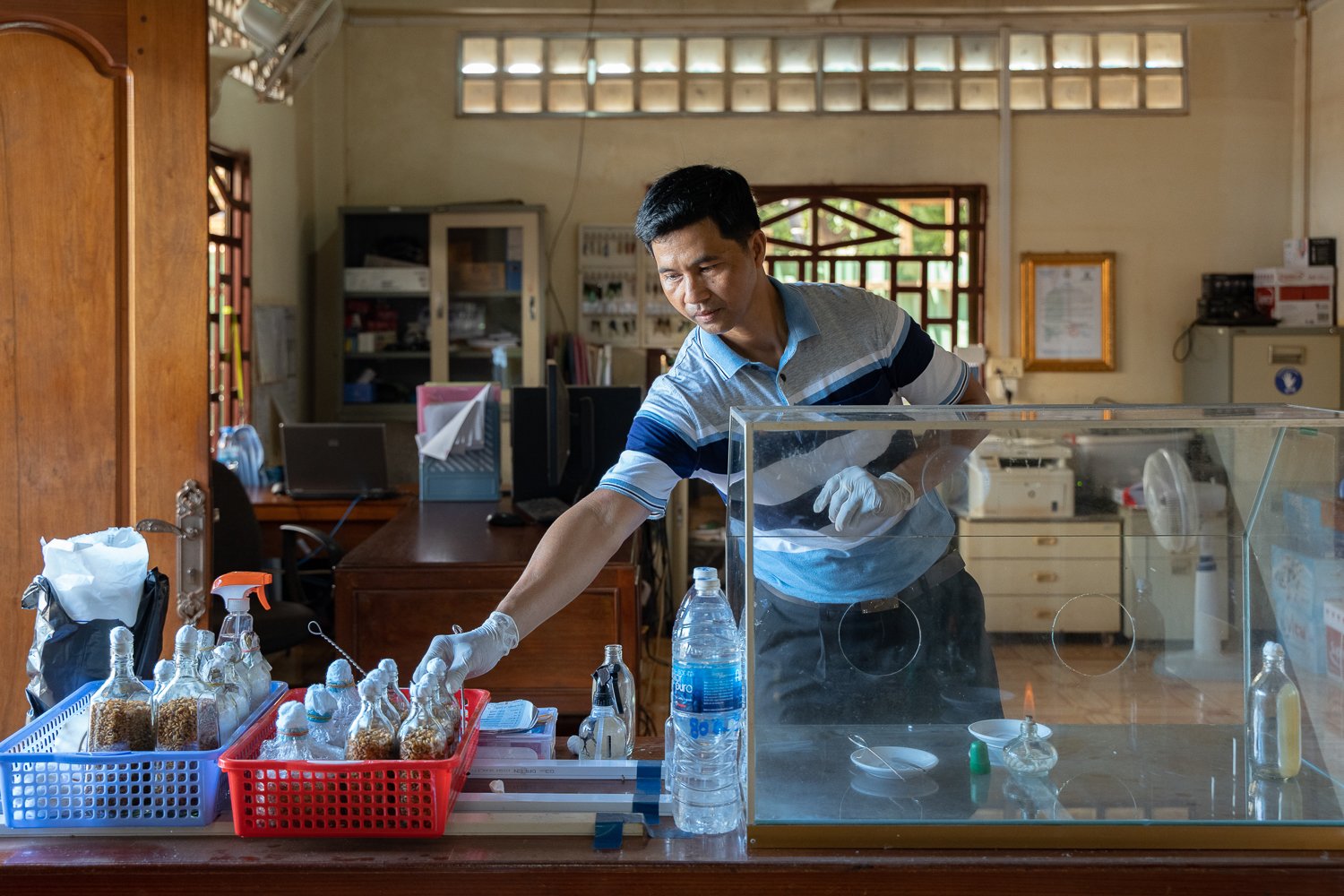
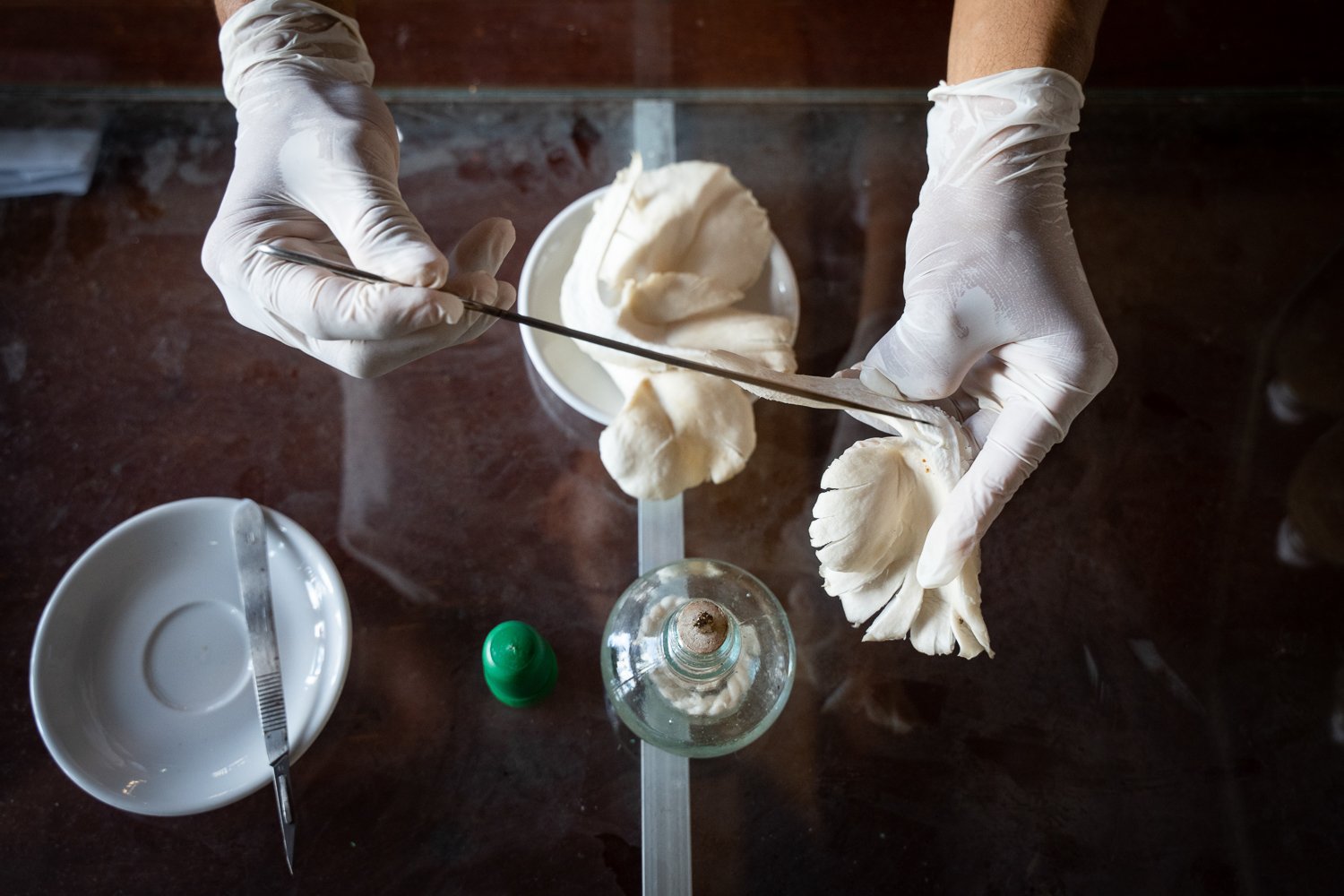
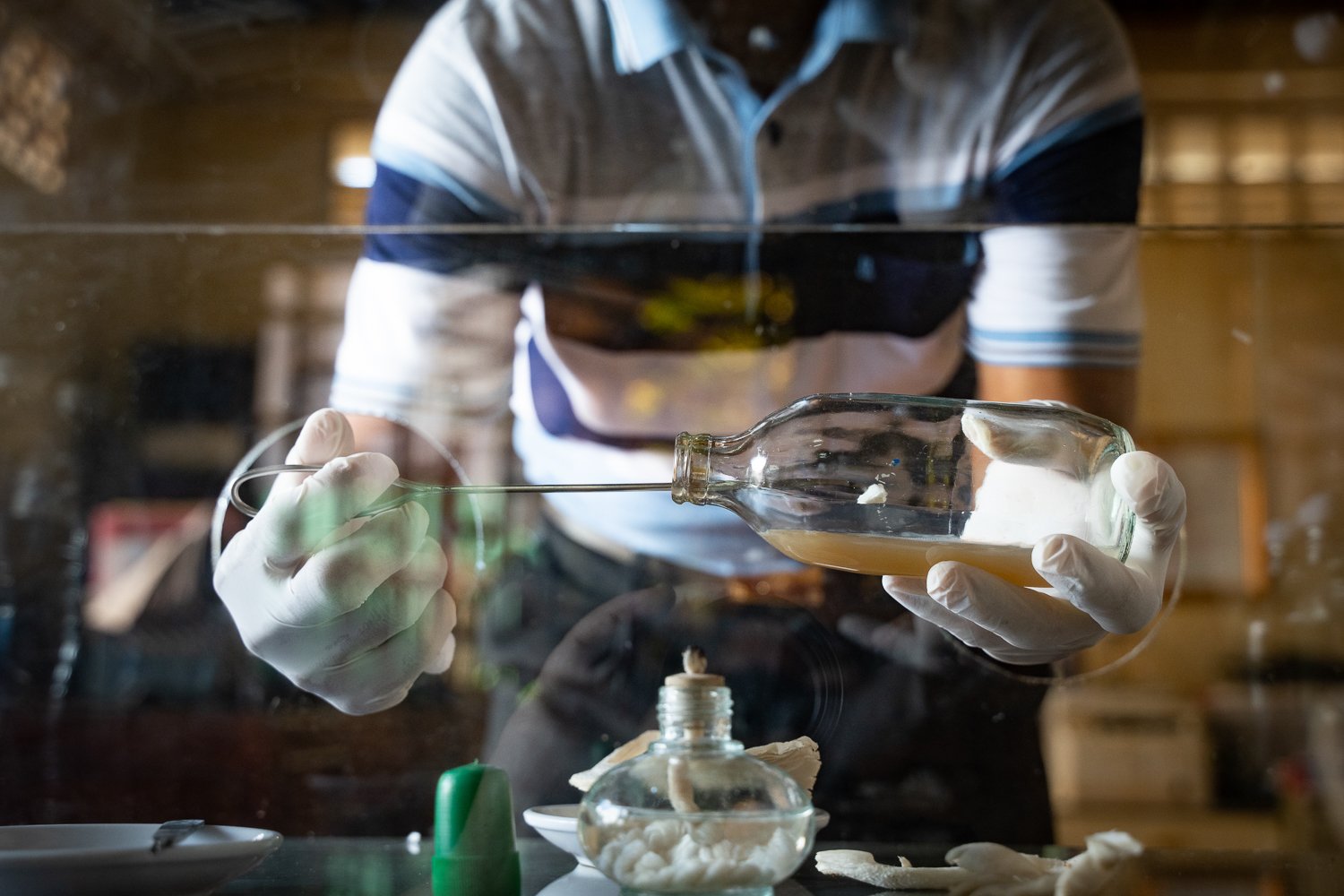

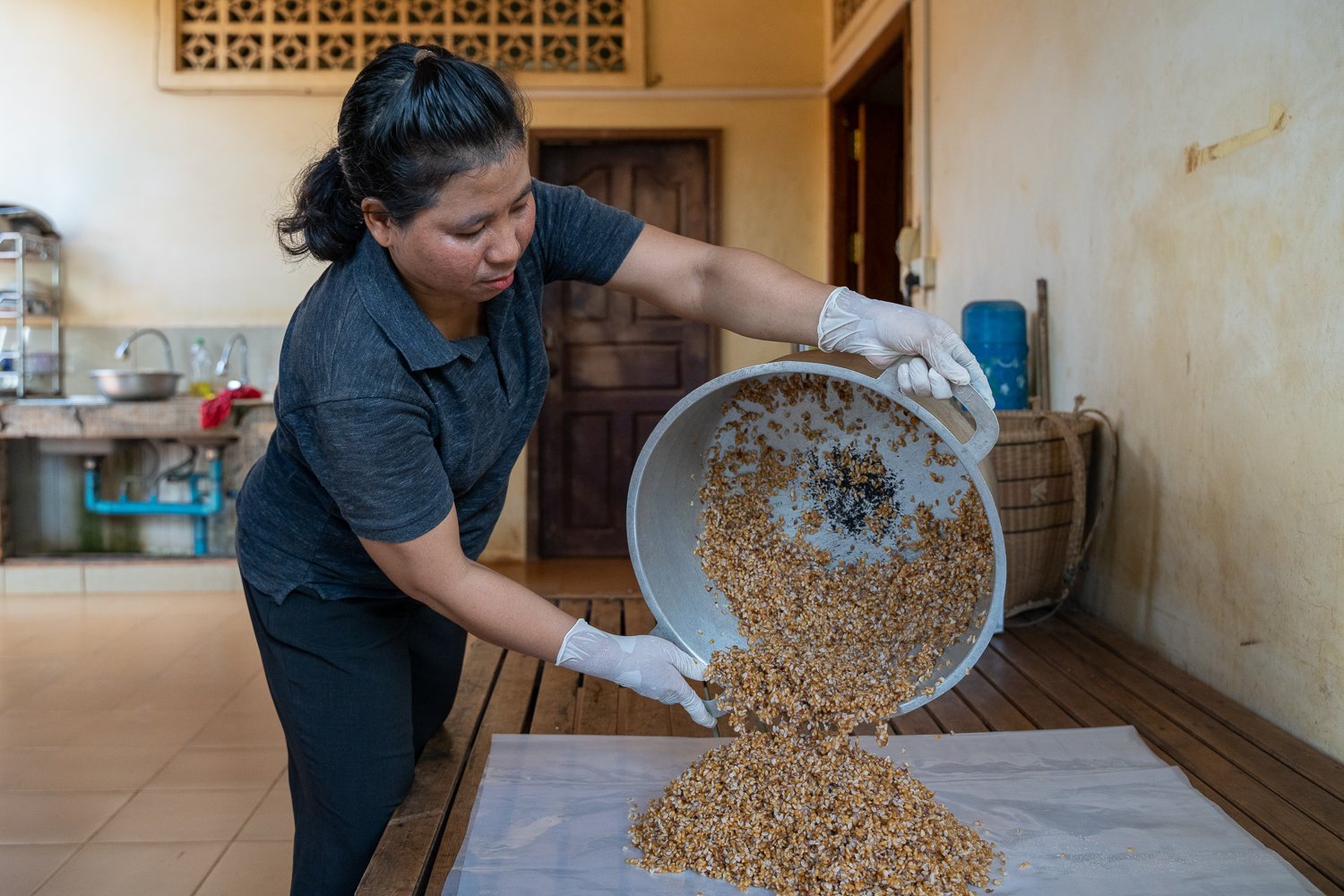
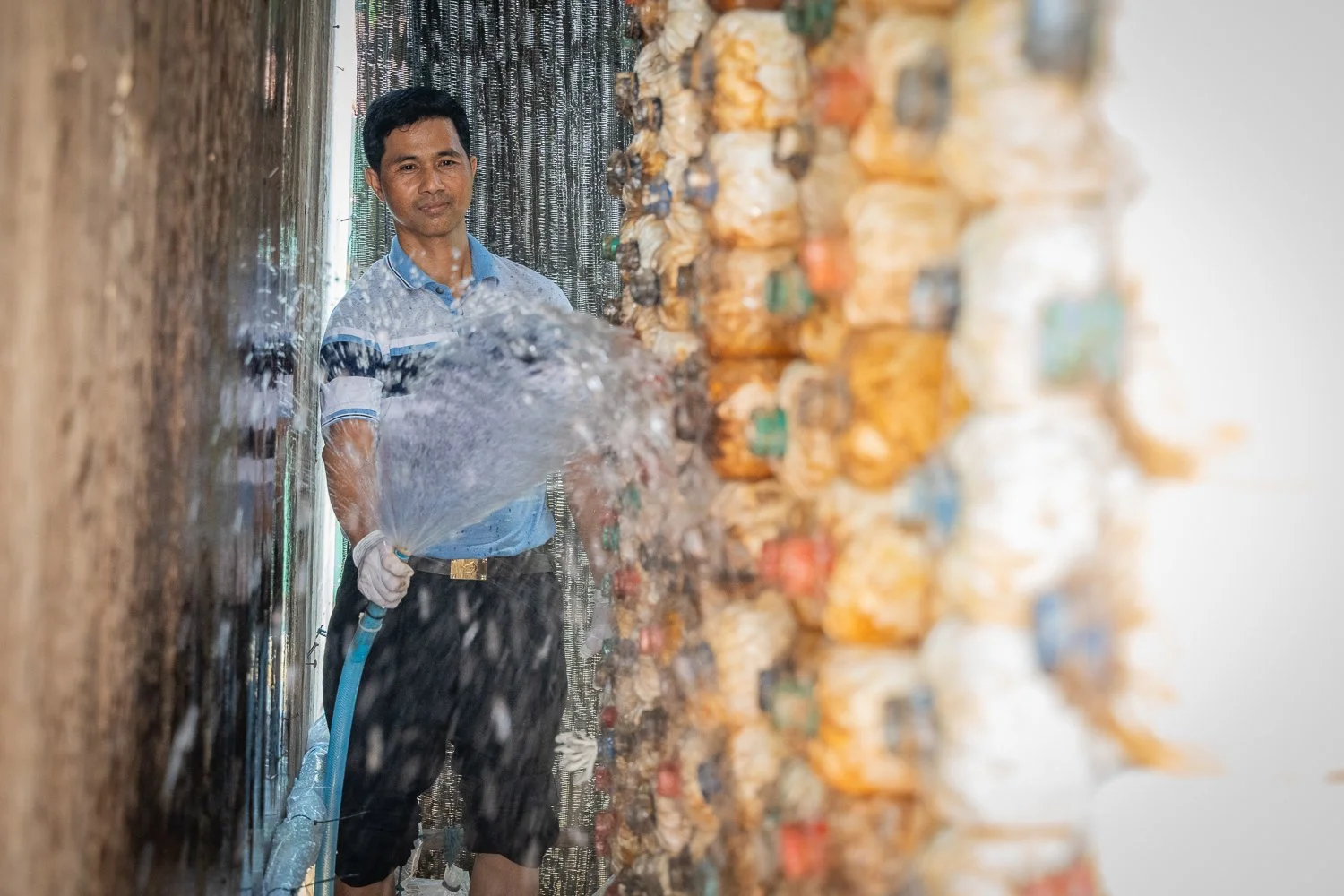
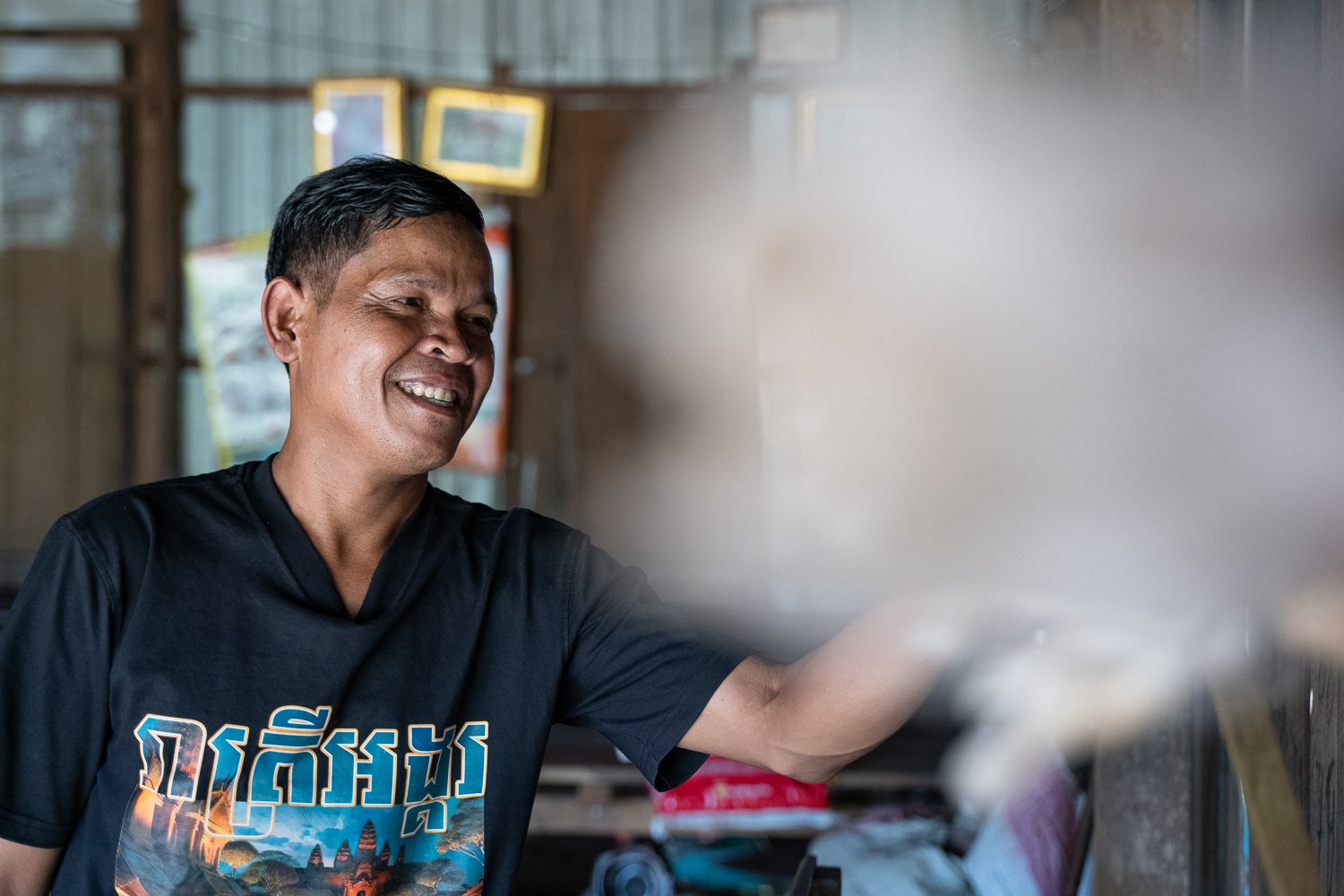
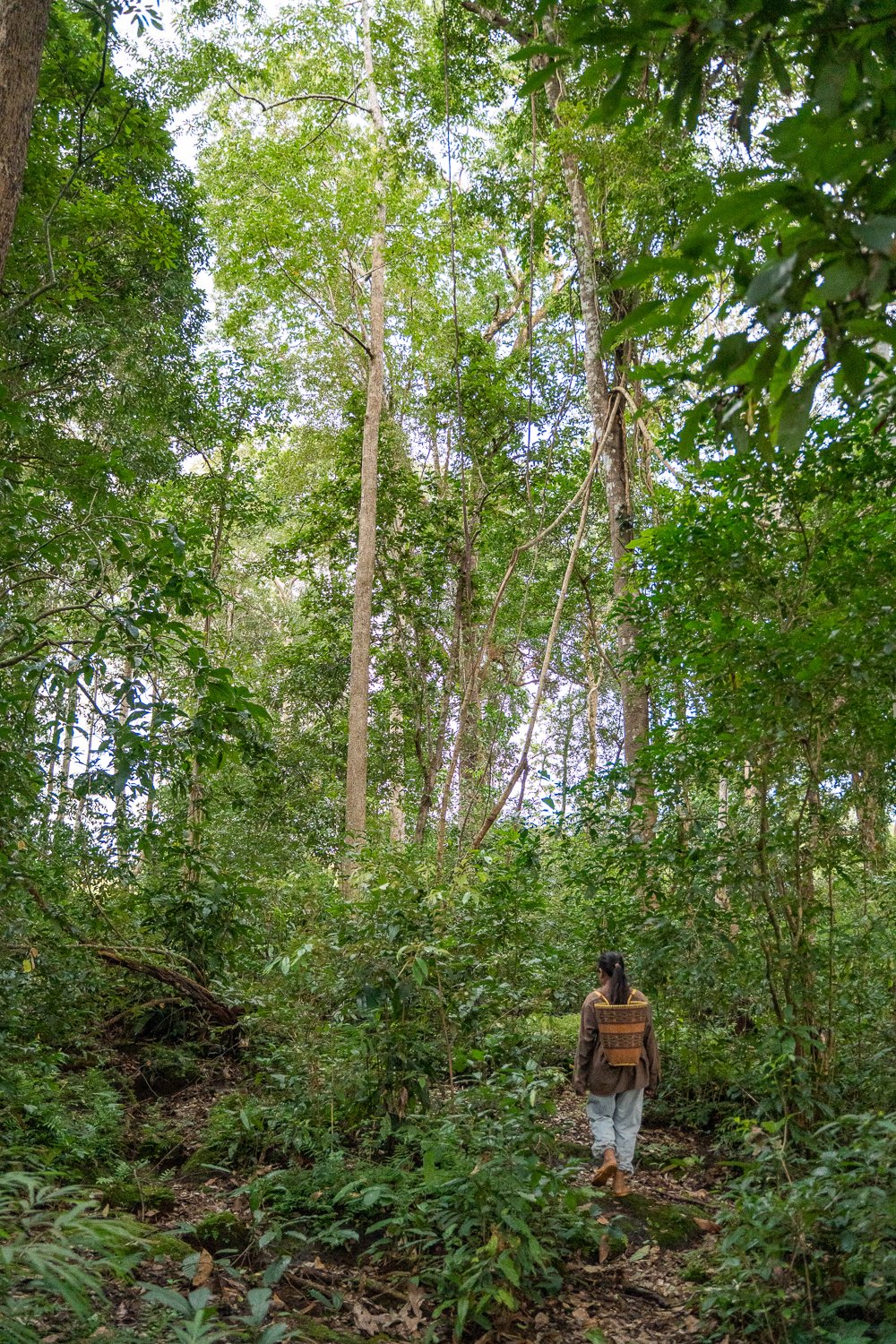
Spending time in the forests of Ratanikiri bought back memories of the extended periods I spent in the forests of Mondulkiri for Last of the Elephant Men.
Then I was working as a director, camera operator and Steadicam operator, this time I’d been assigned as an NGO photographer to document FELM’s mushroom cultivation programme.
FELM, a Finnish NGO, identify partners in the countries they work in and supports them in implementing their projects.
The implementing partner for this one is Integral Cooperation Cambodia, a Phnom Penh based NGO with an office in Banlung.
I arrived at their office to photograph the mushroom cultivation process.
I’m not entirely clear on all the steps, but Nin Samreth, the team leader on the Climate Resilient and Sustainable Indigenous Livelihoods-project, led me through the process while I took photographs of the process and portraits.
Sorl Nhoy, a project officer on the Climate Resilient and Sustainable Indigenous Livelihoods-project, also lent a helping hand. She showed me various parts of the process while I got on with my work as an NGO photographer.
Essentially, they put mushroom culture into sterilised bottles full of straw. The mushrooms then propagate before they can be transported to indigenous communities where they grow them in wall gardens.
After seeing the process at the office, we took a short ride out of town where I photographed Pun Savy at his house where he grows mushrooms.
The visit was rounded off with Pun Sayy taking a basket of mushroom round to his neighbour’s house where they prepared soup.
It’s increasingly important for indigenous people to have alternative food sources as the land they have to farm is getting smaller and climate change is making food production increasingly unpredictable.
You can see other examples of the NGO photography work here.
Collaborating with WHO on a Video Case Study About Malaria Prevention in Siem Pang, Cambodia
This was the third time in a bit over a year that I’d been hired by the World Health Organization to work as a videographer on a case study for them.
This time it was malaria prevention in Stung Treng Province following Chan Sophal, who supports The Mekong Malaria Elimination (MME) programme at the provincial level.
Sophal works with remote communities close to the Lao border in Stung Treng Province.
‘I am stationed in Stung Treng Province, with a focus on Siem Pang, which is a malaria hotspot’, he says.
Sophal works closely with the head Siem Pang Health Center and the nurse in charge of the malaria elimination programme.
‘We plan our outreach campaigns together’, he says.
It was a great experience to work as a videographer for WHO and get to follow Sophal to some of the remote villages he works in.
Siem Pang itself is very remote, but it took a small ferry, a horse and cart and small boat to get to some of the highest risk communities.
As part of the Last Mile to Malaria Elimination, Sophal and his team of Village Malaria Workers (VMW) focus on the target group of men aged 15-49 years, who go regularly go into the forest and are the most likely to catch malaria and transmit it in their community.
‘We educate and encourage them to take preventive medication before they go to the forest or other high-risk malaria areas. They have never heard of preventive treatment, so taking the medicine when they're not sick worries them a lot. It is important to build trust so the community believes the medicine is good for their health,’ he says.
The medical care and education they provide is a key factor in helping to eliminate malaria in Cambodai.
This isn’t something Sophal takes lightly.
‘The work I’m proudest of is the contribution I’ve madeto eliminating malaria in Stung Treng Province’, he says.
For me working as a videographer on projects like this is a pleasure. Sophal and his team are dedicated in their work, they’ve won the trust of the communities they work in and their efforts are having a genuine impact.
Here’s a shorter version that was used as part of WHO’s 75th annievrsary social media campaign.
On Assignment - Photographing Malaria Prevention for WHO, Stung Treng, Cambodia
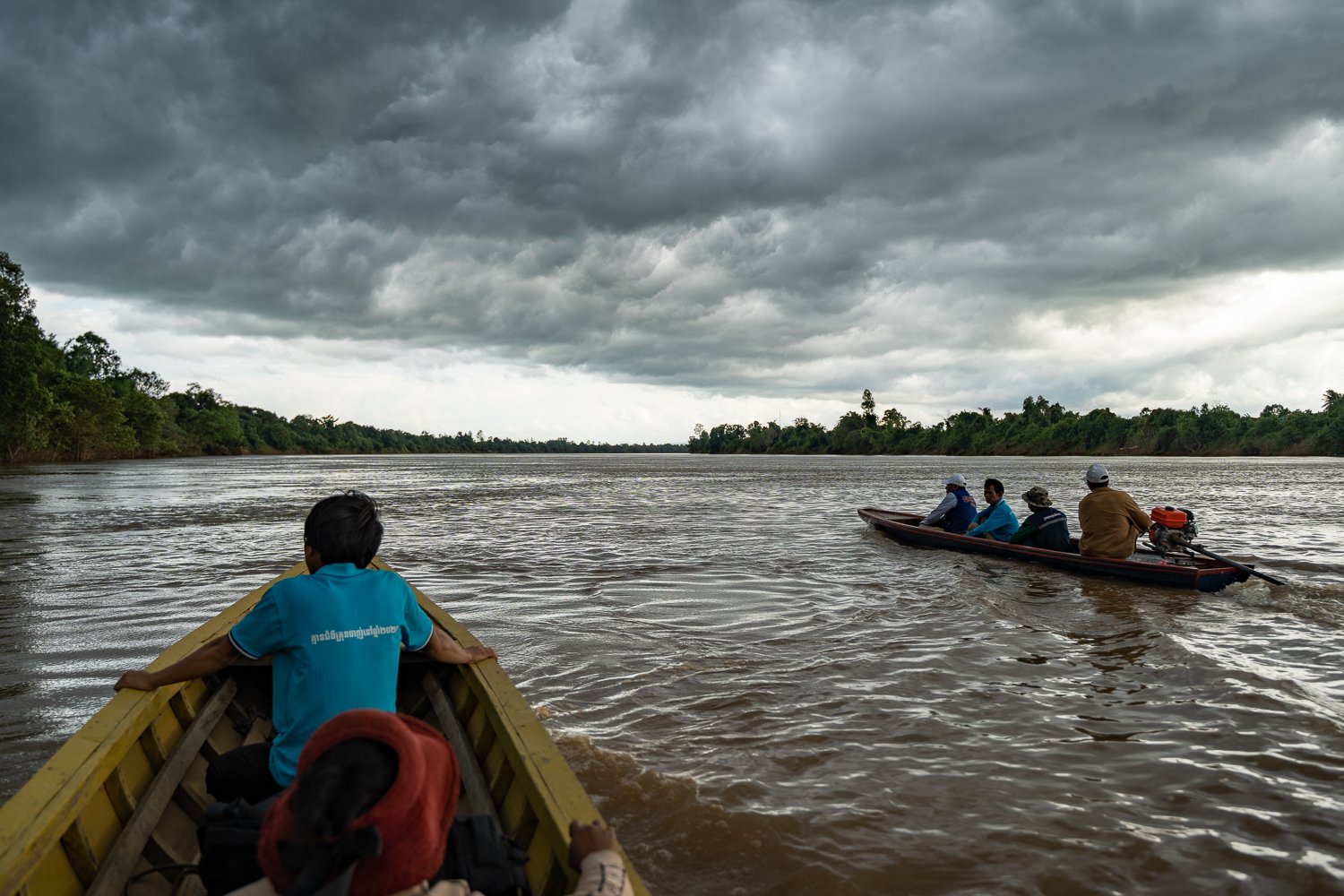
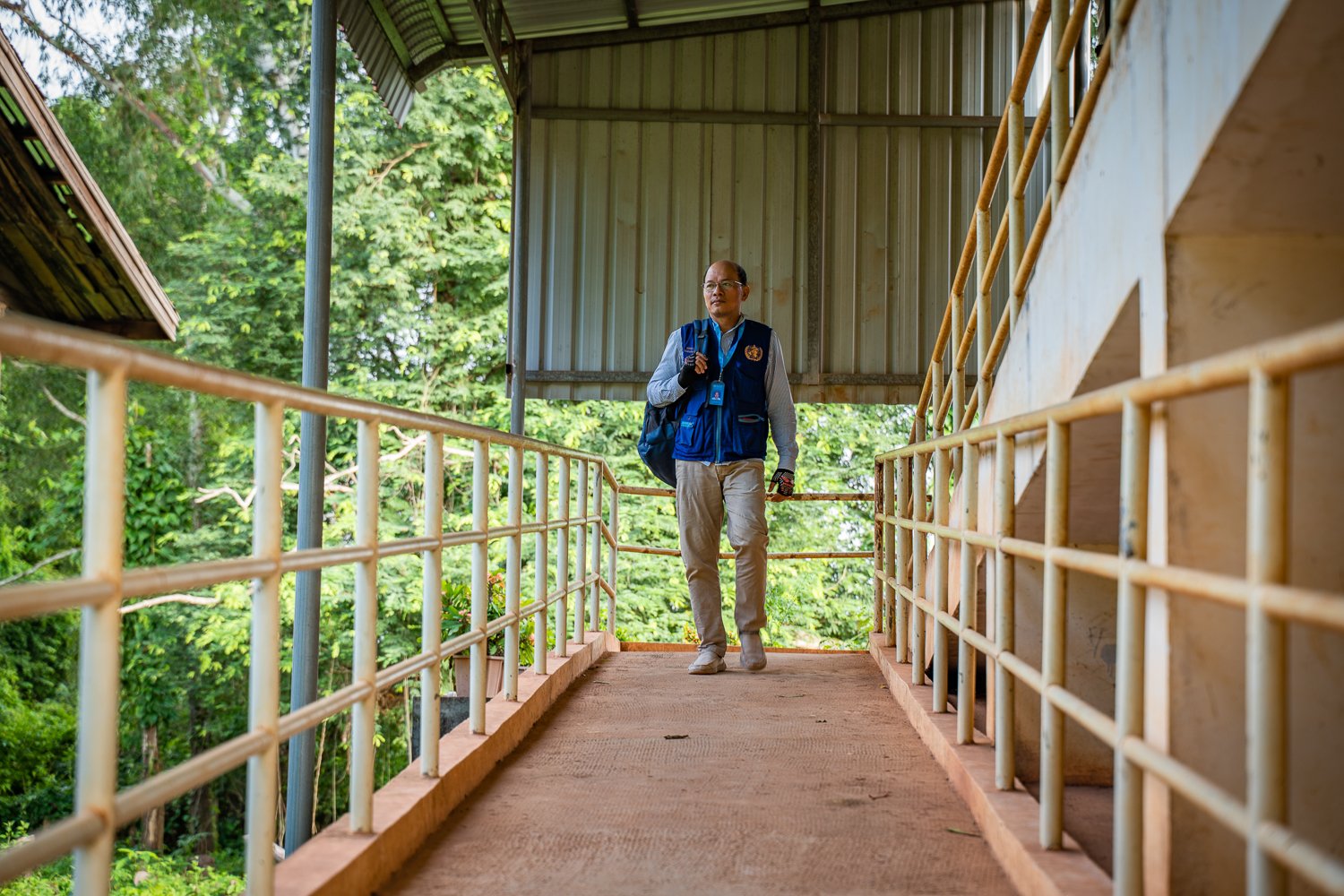


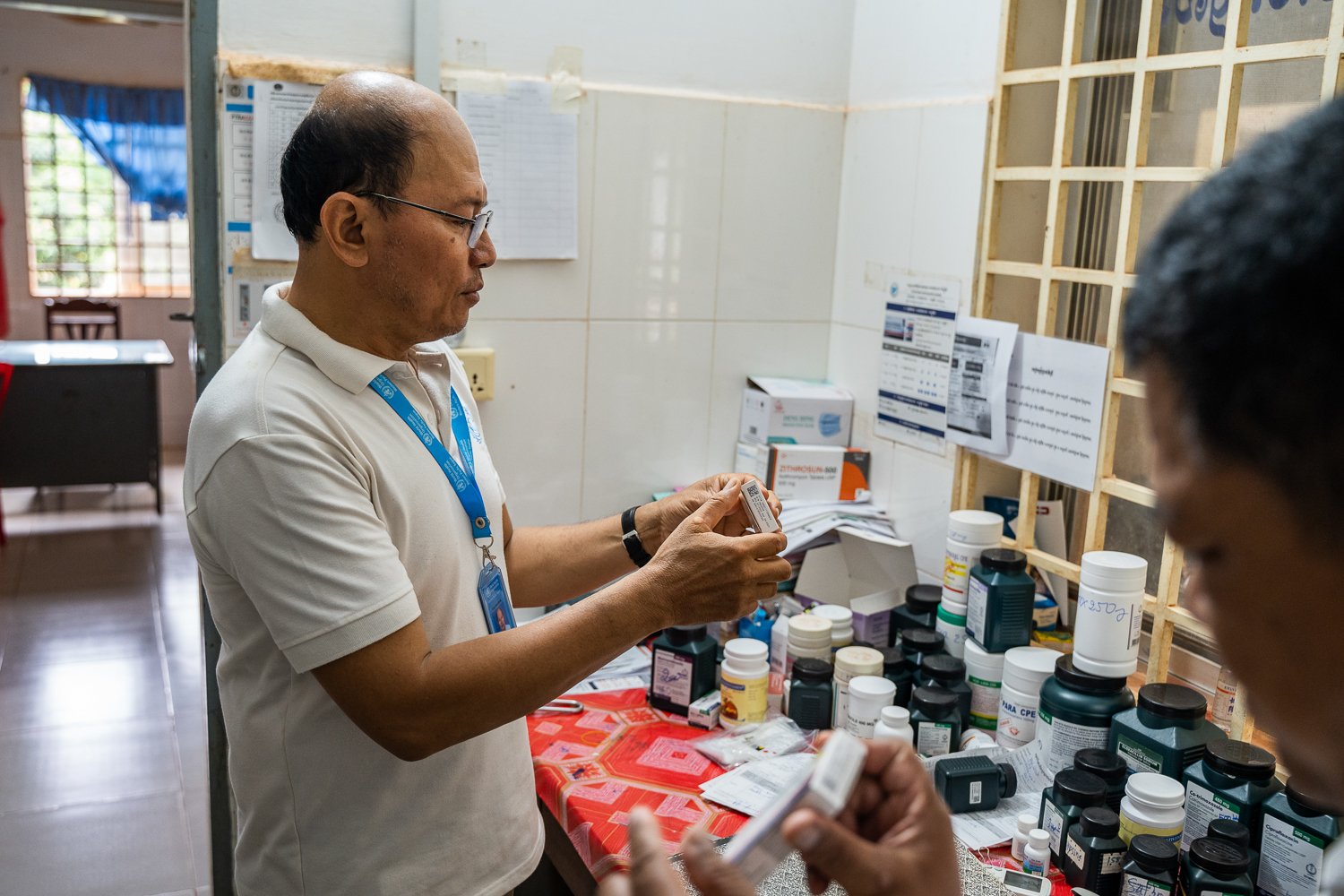
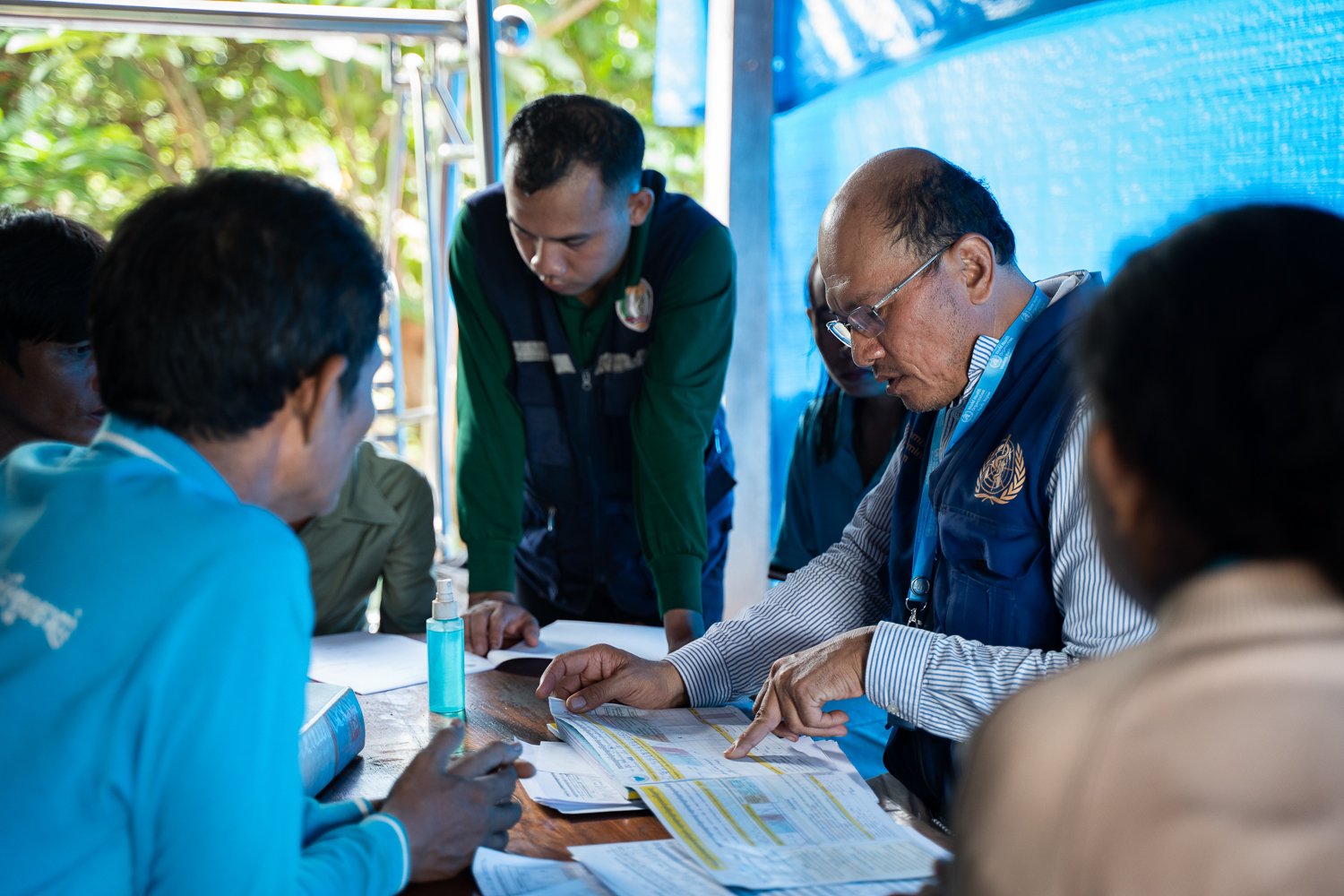
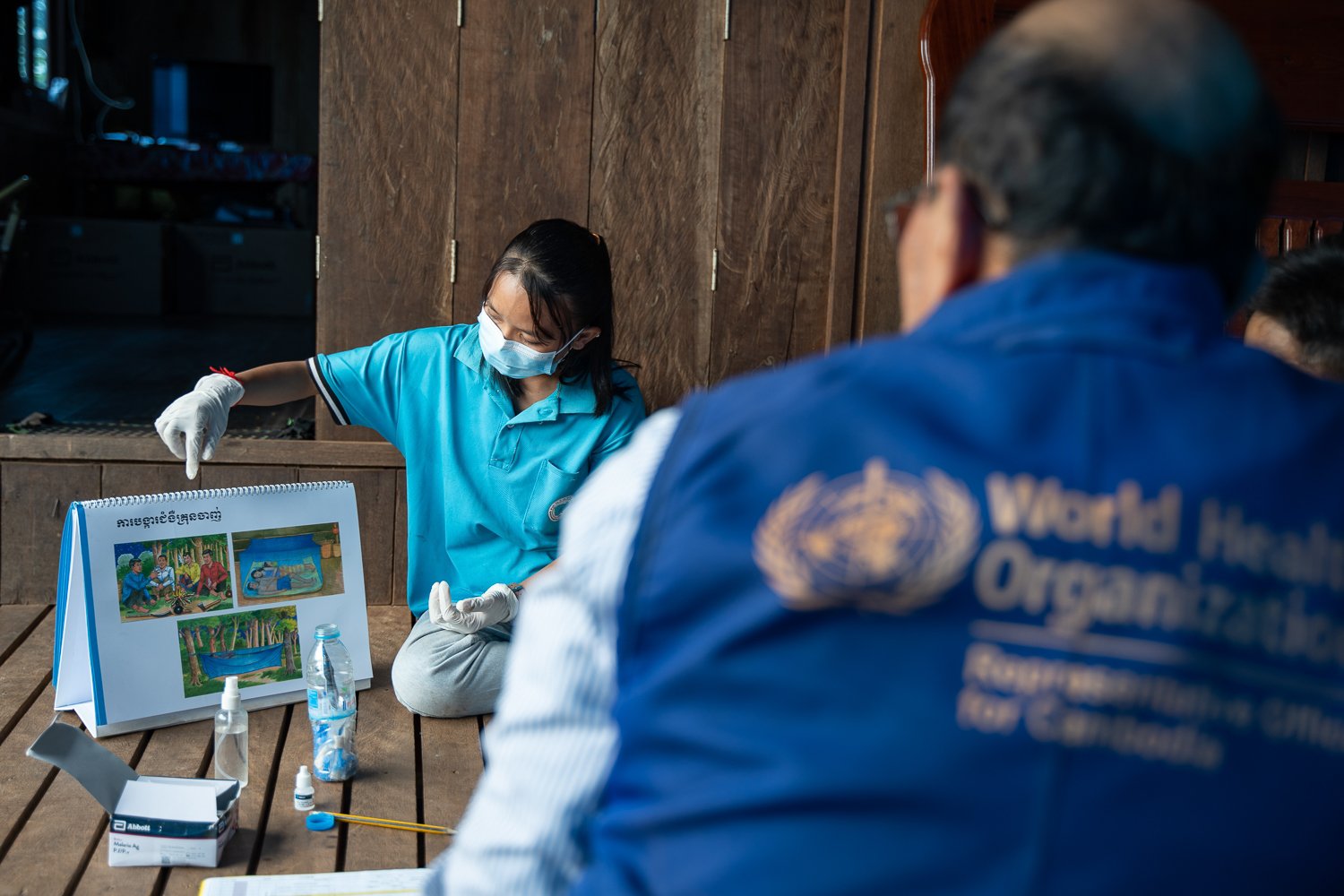

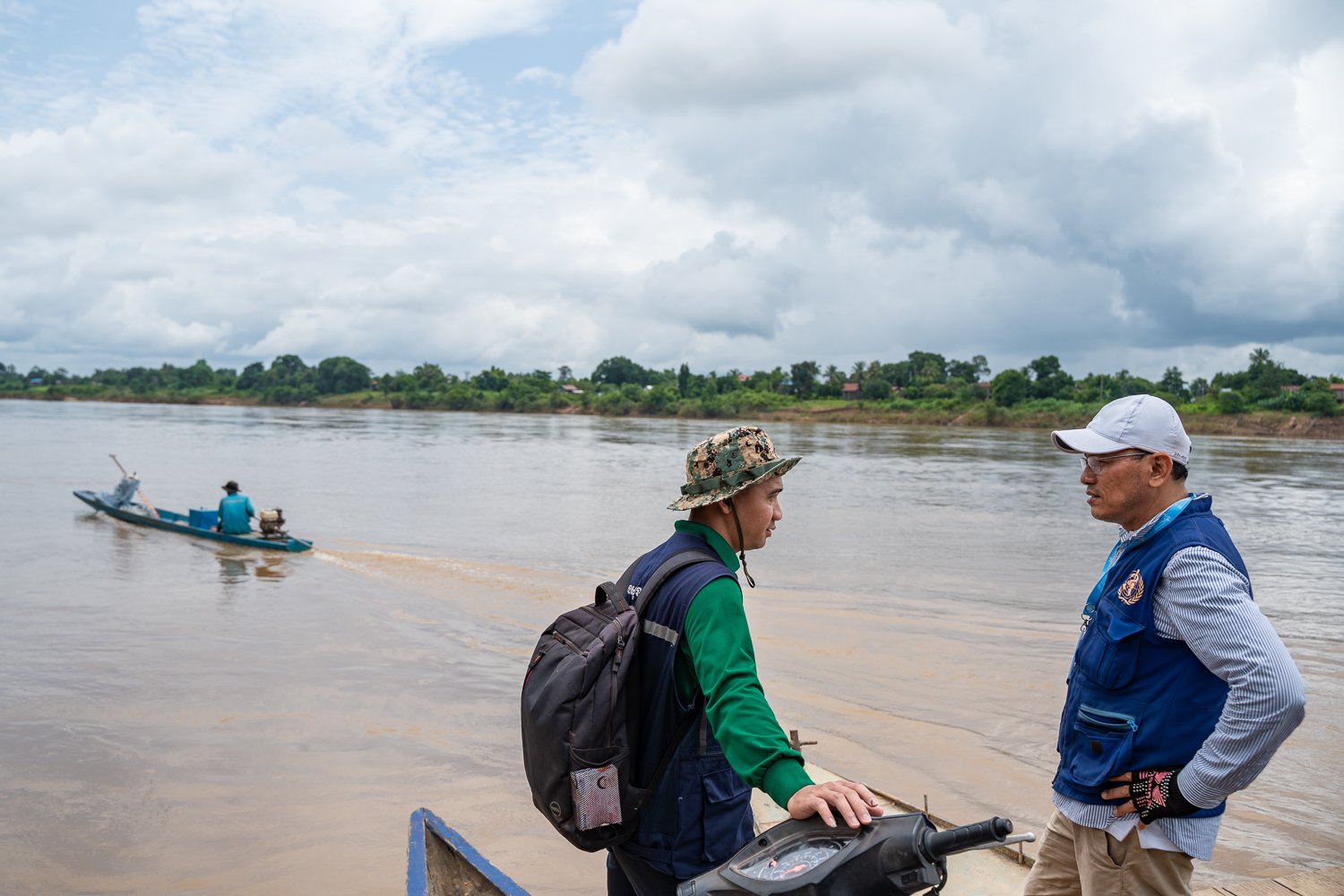
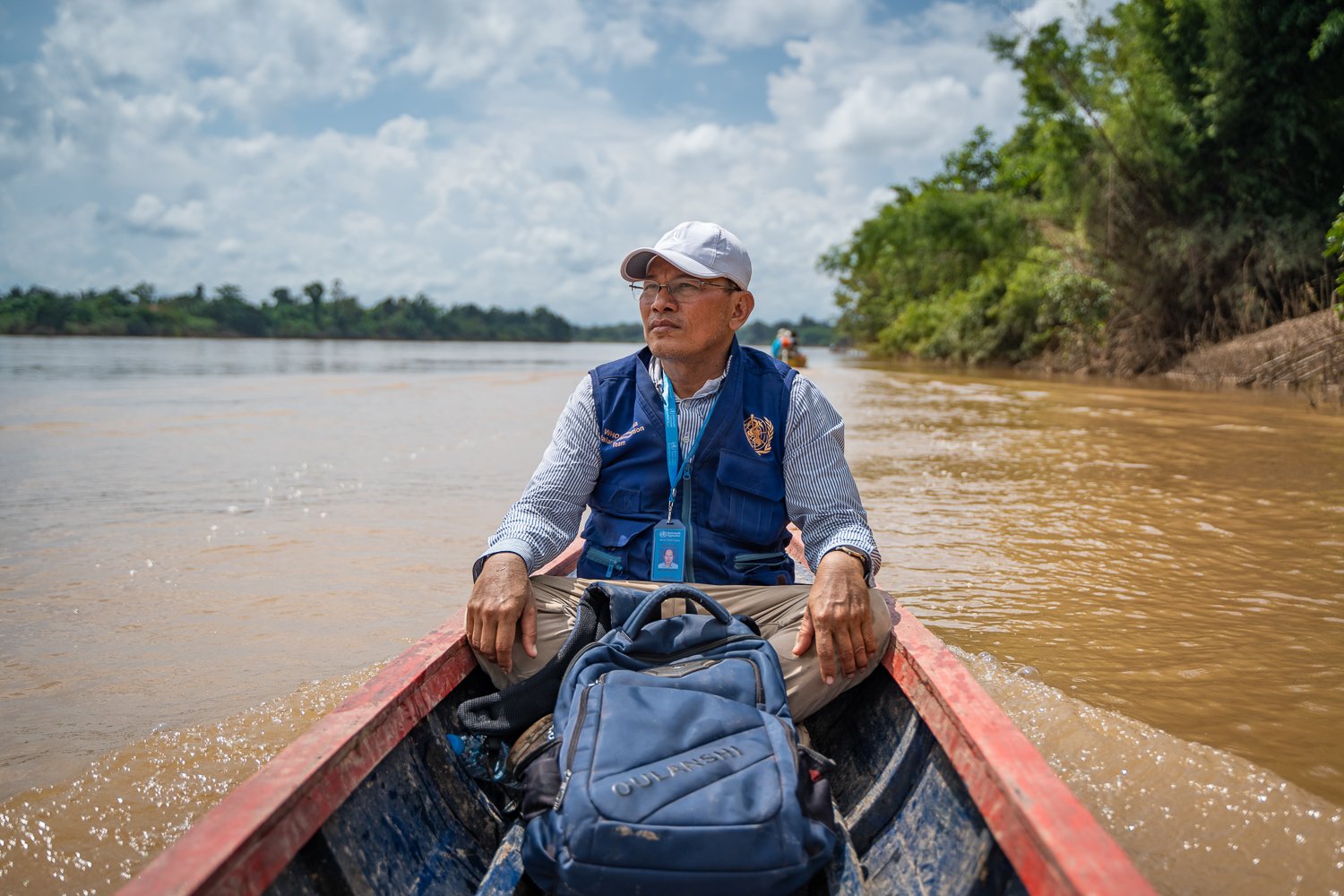

It’s always a pleasure to get of Phnom Penh on assignment and this job was no exception. The brief was to produce a series of 25 photos for the World Health Organization about Sophal for their WHO’s Who series to commemorate their 75th anniversary of providing health for all.
The series was to highlight some of vital work done by some of the key healtcare workers around the world.
Sophal works in malaria prevention and has dedicated himself to preventing malaria in the remote parts of Stung Treng, which are high risk areas.
Sophal was a great choice for the photography series and he is dedicated to his work and he’s very respected within the communities he works in. He led a fundraising campaign when one of his team lost their house through fire. On another occasion, he donated blood to one of his community health workers’ wives after being alerted to the need in the middle of the night.
He’s also studying for a masters in public health in his spare time.
It was a busy day photographing Sophal. We arrived at Siem Pang Health Center early in the morning where Sophal met with the local health centre workers, checked malaria records and did a stock take of the preventative medicine before travelling into the community.
Working in remote villages, we had to take a ferry an ox and cart and small boat to reach the most remote village.
When we got to the community, Sophal checked the records and spoke to his team of community health workers.
From there, his team went into the community to provide training to the village and to check on people who had recently returned from the forest to give them preventative medicine.
The team managed to get all of this done before a storm blew in and the heavens opened.
You can see other examples of my NGO photography for the World Health Organization here and here.
In the Field Filming a Video Case Study About Leprosy Elimination in Cambodia for WHO
It was an honour to be contacted by the World Health Organization Western Pacific Office to collaborate with them on another 3-minute case study about the valuable work the WHO does in Cambodia.
I enjoy working on these NGO video projects as they focus on the individual, who often has a remarkable and moving story, while showing the bigger picture of the work that is being done.
This video follows Visal who works as a consultant for National Center for Tuberculosis and Leprosy Control.
He works closely with communities to eliminate leprosy.
‘We work with health centre staff, village chiefs and a team of volunteers’, he says. ‘The training we provide is an essential part of the process.’
The education they provide to communities is essential.
‘An important part of what we do is educating people in the community to raise awareness and to make sure they understand about leprosy prevention’, says Visal.
He has leveraged social media to extend the programme’s reach, ‘As most leprosy patients use Facebook, I use Messenger to share information with them’.
As well as working to eliminate leprosy he also supports patients, ‘We trained them to raise chickens. This has helped them to live independently’.
I’m confident that if people like Visal continue the good work they do, Cambodia will achieve it’s goal of eliminating the disease.
Below is the shorter edit of the video I made for social media.
